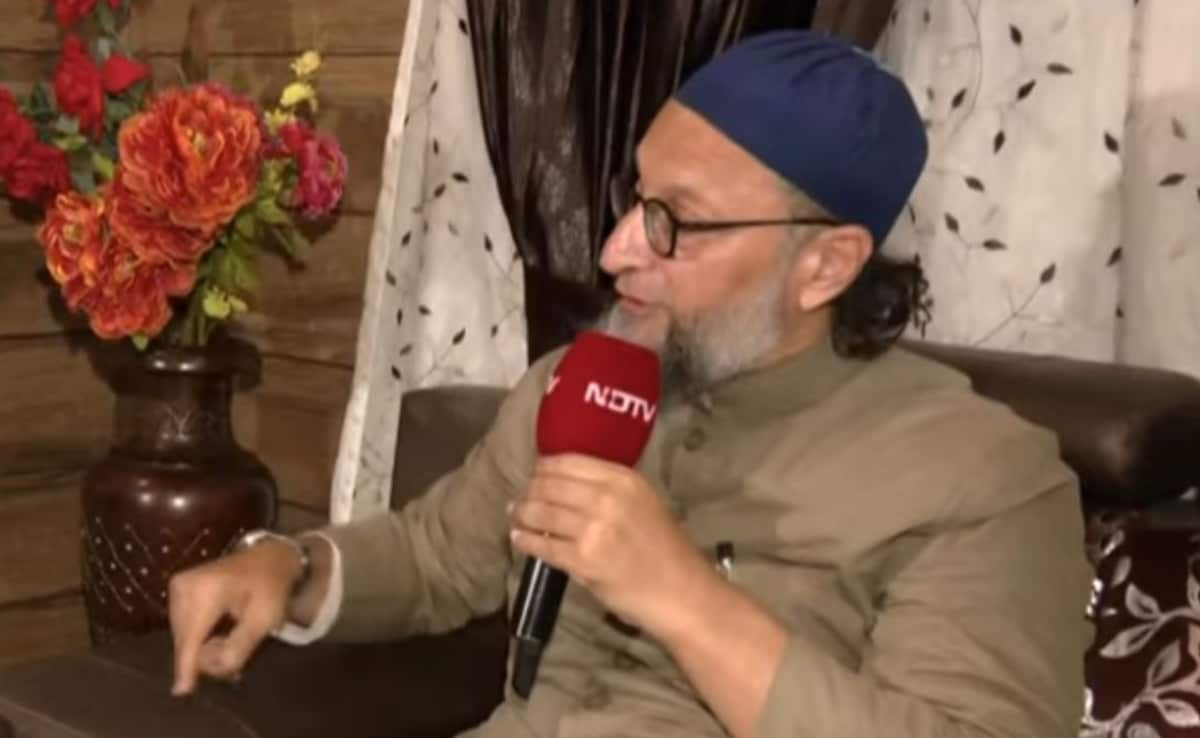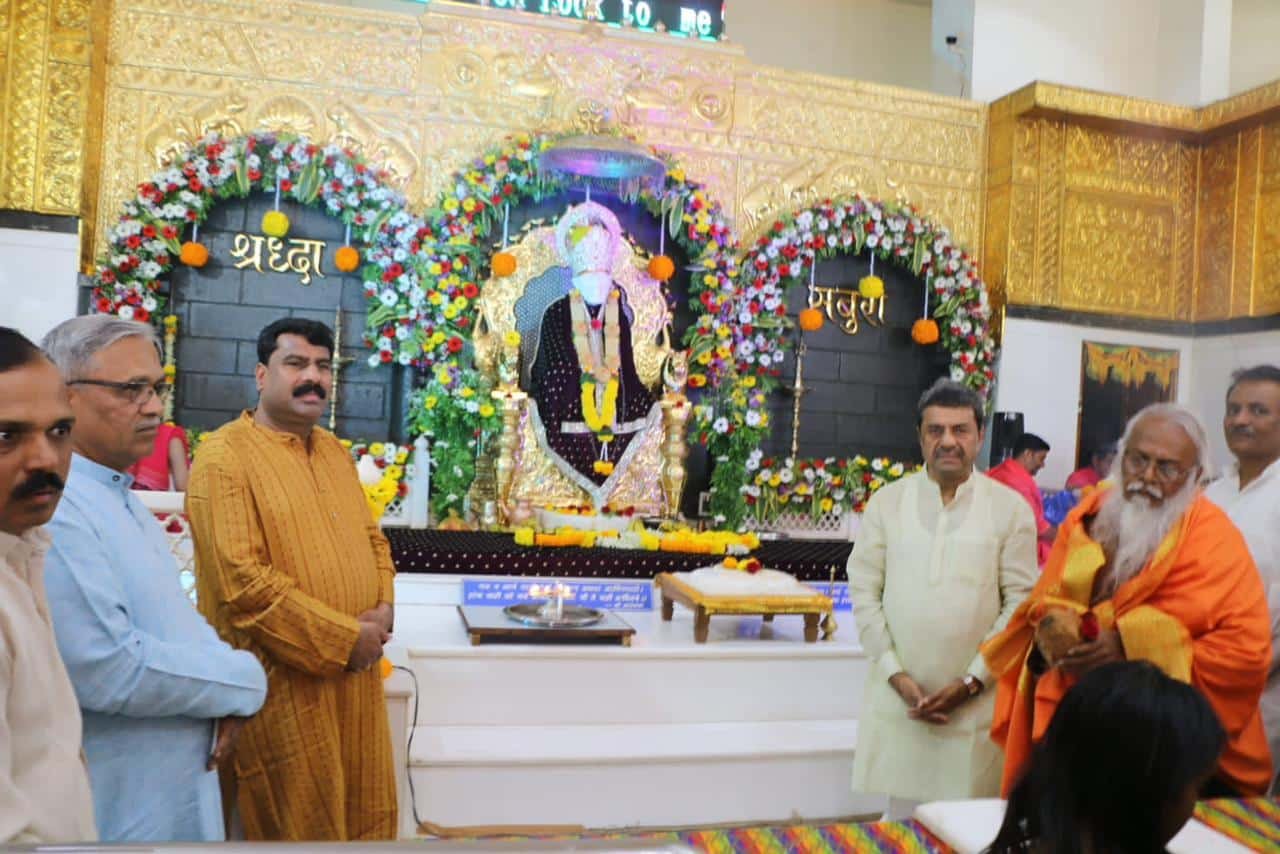The 2024 U.S. Presidential Election is being keenly watched around the world, both for the outcome and for the consequences. One month out, the polls suggest a virtual tie. Vice President Kamala Harris, a Democrat, had seen an increase in popularity after donning her party’s official nomination in August. But over the past two weeks, a series of events – a devastating hurricane in North Carolina, growing tensions in the Middle East, the Vice Presidential debate, and concerns about recurring inflation – appear to be shifting the momentum back toward former President Donald Trump. Much could still happen over the next month, but ultimately, the outcome will be determined by seven ‘swing states’ – Pennsylvania, Michigan, North Carolina, Georgia, Nevada, Arizona, and Wisconsin – and each could be decided by only a few tens of thousands of voters. Although Democrats are likely to win more votes overall (as they have in seven of the last eight presidential elections), their ability to ensure higher voter turnout among their supporters in these swing states may well turn out to be the decisive factor.
Impressions Over Issues
This election campaign is being waged less on issues and more on impressions and attitudes. Trump is playing on dissatisfaction with the bureaucratic state, a scepticism of international entanglements, lower taxes for businesses and investors, curbs on immigration, and social conservatism, although he has attempted to dilute the latter to appeal more to moderate voters. Harris has positioned herself as appealing to youth, urban voters, ethnic minorities, responsible governance, and progressive social causes. Their competing worldviews reflect a rigid divide in American society across age and class lines, ethnic groups, and especially urban and rural constituencies, across which Republicans and Democrats have consolidated deeply entrenched if ‘big tent’ coalitions. Suburban voters, white women, second-generation Hispanics, and union workers are among the constituencies in which Republicans and Democrats are still battling to sway opinion.
The 2024 US presidential election outcome will matter to India, although less directly perhaps than it will to some other countries and regions. For US adversaries (China, Russia, Iran, and North Korea) the election will determine negotiations over future relations. For US allies (NATO members in Europe, Japan, South Korea, the Philippines, and Australia), the election could signal changes to US force posture, assistance, and commitment. For those actively involved in current or prospective conflicts (Ukraine, Israel, Taiwan), the outcome will determine the nature of US military aid. And for major trade partners (Mexico, ASEAN, the UK), the election could have deep ramifications for their economies.
India Will Be Affected, But Not Directly
India is less directly affected than many of these countries, not being an adversary, a treaty ally, or a country dependent on military or financial assistance from the United States. To be sure, India is the United States’ ninth-largest trade partner and enjoys about a $30 billion trade surplus, but its economy is, at present, less dependent on manufacturing exports than some other large emerging markets, such as Mexico or Vietnam. While the direct implications for India might be less than for others, the 2024 US presidential election will undoubtedly have indirect effects on India.
Should Trump be elected, India will have to confront some difficult negotiations over trade and immigration. Trump and his economic advisors have been clear that they will impose tariffs on countries they believe are engaging in unfair trade practices, especially China. But India, which enjoys a trade surplus, will also be subjected to some, resulting in retaliatory measures by New Delhi. Questions remain about the degree to which a second Trump administration can refashion trade policy without negative repercussions for the US economy – particularly for inflation. Moreover, Trump’s advisors have pledged to stem immigration, especially by undocumented individuals, which may affect Indians too. Trump is also likely to impose restrictions on employment and student visas and cut funding for processing, contributing further to backlogs and delays. This will have implications for a variety of Indian businesses in the United States.
China Is Still The Big Question
For both Trump and Harris, whose views on foreign policy are still inchoate beyond a broad continuation of incumbent Joe Biden’s approach, a primary determinant of their outlook will be their policy towards China. While Trump’s national security, foreign policy, and trade advisors are overwhelmingly hawkish on China – suggesting a confrontational and competitive approach – some of his donors and financial associates have advocated for a more cooperative attitude and a cooling of US tensions with Beijing.
Meanwhile, Harris has to contend both with hardening national security and trade impulses, as also with a progressive agenda among some Democrats that seeks to disassociate the United States from international competition and conflict. Progressives – as well as veterans of the Obama administration who hope to return to influence under Harris – are also more likely to prioritise human rights over a balance of power in foreign policy.
A Lot Would Depend On The Supporting Casts
Ultimately, both Trump and Harris’s approaches to China – and, by extension, international affairs – will be determined by their selection, as President, of key advisors. The main Cabinet-level positions – U.S. Secretary of State, Defense, and Treasury, National Security Adviser, and U.S. Trade Representative – as well as second- and third-level political appointees will have an opportunity to set the tone for U.S. foreign policy for the next four years. Around Trump, figures such as Robert O’Brien and Robert Lighthizer are expected to play critical roles. The composition of a Harris foreign policy team is more uncertain, but it will likely be drawn from both Biden and Obama-era officials. Both Harris and Trump may also bring into their cabinets senior U.S. Senators, although that will be determined by margins in the Senate after this November’s election.
For all these reasons, developments of the next month – and the transition period between November’s election and the next president’s inauguration in January – will be observed carefully, in India and around the world.
(Dhruva Jaishankar is Executive Director of ORF America in Washington DC)
Disclaimer: These are the personal opinions of the author






